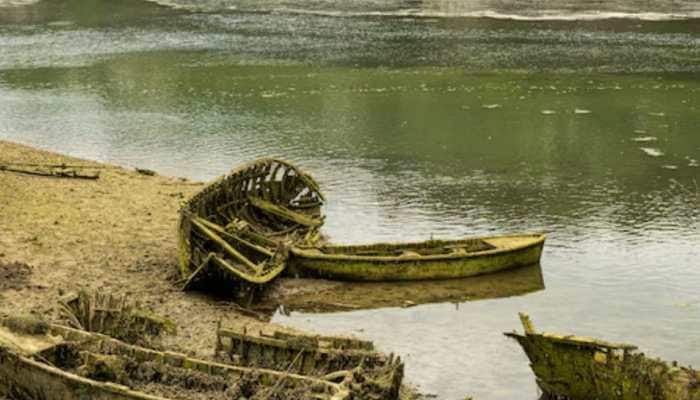Vijayadashmi 2020: Know the history and significance of Dussehra
As per Hindu belief, two important events took place on Dussehra - Goddess Durga killed the demon king Mahishasura and Lord Ram defeated Raavana showing the victory of truth over evil.
Trending Photos
)
India is celebrating the auspicious occasion of Vijayadashmi or Dussehra today which falls at the 10th day of Sharad Navratri and marks the end of Durga puja. .It is celebrated with great joy and fervour across India by burning the effigies of Ravan. The day marks the victory of truth over evil.
As per Hindu belief, two important events took place on Dussehra - Goddess Durga killed the demon king Mahishasura and Lord Ram defeated Raavana.
Vijayadashmi History:
According to Ramayana, Ravana who was a demon king of Lanka, kidnapped Lord Rama's wife, Sita. He took her to his kingdom Lanka and held her captive. Lord Rama travelled to Lanka with his brother Lakshman, Lord Hanuman, and an army of monkeys. There he killed the ten-headed demon, Ravana on the tenth day of the battle. Since then, the 10 heads of Ravana effigies are burnt every year on Dashami. The burning of Ravana effigies symbolises the triumph of good over evil.
Also read: Vijayadashami 2020: Vijay Muhurat date, timings and Sindoor Khela
During the Navratri festival, people across the country worship nine forms of the Goddess. In Gujarat, people play Dandiya and Garba during this festival.
However, in the eastern and north-eastern parts of India people celebrate Durga puja with much pomp and fervour and visit puja pandals. Dhaak Beats are played infront of Goddess Durga idol and sandhi pujo is performed, Dhanuchi dance and sindoor khela are also part of the festival celebration.
However, this year the festival spirit has been dampened by the COVID-19 which have spread all over the world.
Stay informed on all the latest news, real-time breaking news updates, and follow all the important headlines in india news and world News on Zee News.
Live Tv







)
)
)
)
)
)
)
)
)
)
